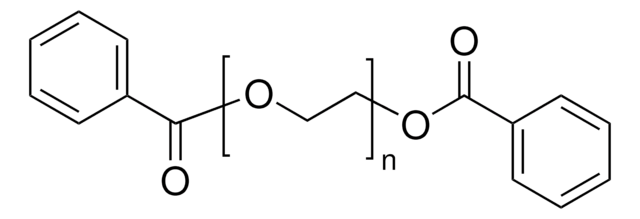推荐产品
产品线
BioReagent
技术
cell culture | plant: suitable
mp
88-92 °C (lit.)
储存温度
2-8°C
SMILES字符串
OC[C@@H](O)[C@@H](O)[C@@H](O)C([H])=O
InChI
1S/C5H10O5/c6-1-3(8)5(10)4(9)2-7/h1,3-5,7-10H,2H2/t3-,4+,5-/m0/s1
InChI key
PYMYPHUHKUWMLA-LMVFSUKVSA-N
正在寻找类似产品? 访问 产品对比指南
储存分类代码
11 - Combustible Solids
WGK
WGK 3
闪点(°F)
Not applicable
闪点(°C)
Not applicable
个人防护装备
Eyeshields, Gloves, type N95 (US)
Amy G Briggs et al.
Trends in plant science, 16(7), 372-380 (2011-04-13)
Poly(ADP-ribose) polymerases (PARPs) and poly(ADP-ribose) glycohydrolases (PARGs) are the main enzymes responsible for the post-translational modification known as poly(ADP-ribosyl)ation. These enzymes play important roles in genotoxic stress tolerance and DNA repair, programmed cell death, transcription, and cell cycle control in
Raman K Sharma et al.
Bioorganic & medicinal chemistry, 20(23), 6821-6830 (2012-10-27)
A series of peracetylated O-aryl α,β-d-ribofuranosides have been synthesized and an efficient biocatalytic methodology has been developed for the separation of their anomers which was otherwise almost impossible by column chromatographic or other techniques. The incubation of 2,3,5-tri-O-acetyl-1-O-aryl-α,β-d-ribofuranoside with Lipozyme®
Paul O Hassa et al.
Frontiers in bioscience : a journal and virtual library, 13, 3046-3082 (2007-11-06)
Poly-ADP-ribose metabolism plays a mayor role in a wide range of biological processes, such as maintenance of genomic stability, transcriptional regulation, energy metabolism and cell death. Poly-ADP-ribose polymerases (PARPs) are an ancient family of enzymes, as evidenced by the poly-ADP-ribosylating
Luigi J Alvarado et al.
Chembiochem : a European journal of chemical biology, 15(11), 1573-1577 (2014-06-24)
Isotope labeling has revolutionized NMR studies of small nucleic acids, but to extend this technology to larger RNAs, site-specific labeling tools to expedite NMR structural and dynamics studies are required. Using enzymes from the pentose phosphate pathway, we coupled chemically
Xiang-Guo Li et al.
Chemical communications (Cambridge, England), 49(35), 3682-3684 (2013-03-29)
Peptide glycosylation with 5-deoxy-5-[(18)F]fluororibose was translated into preclinical settings. The novel (18)F-labeled Siglec-9 peptide was produced using an automated synthesis procedure. The (18)F-labeled Siglec-9 peptide showed favorable binding in the animal model of inflammation in vivo.
我们的科学家团队拥有各种研究领域经验,包括生命科学、材料科学、化学合成、色谱、分析及许多其他领域.
联系技术服务部门








